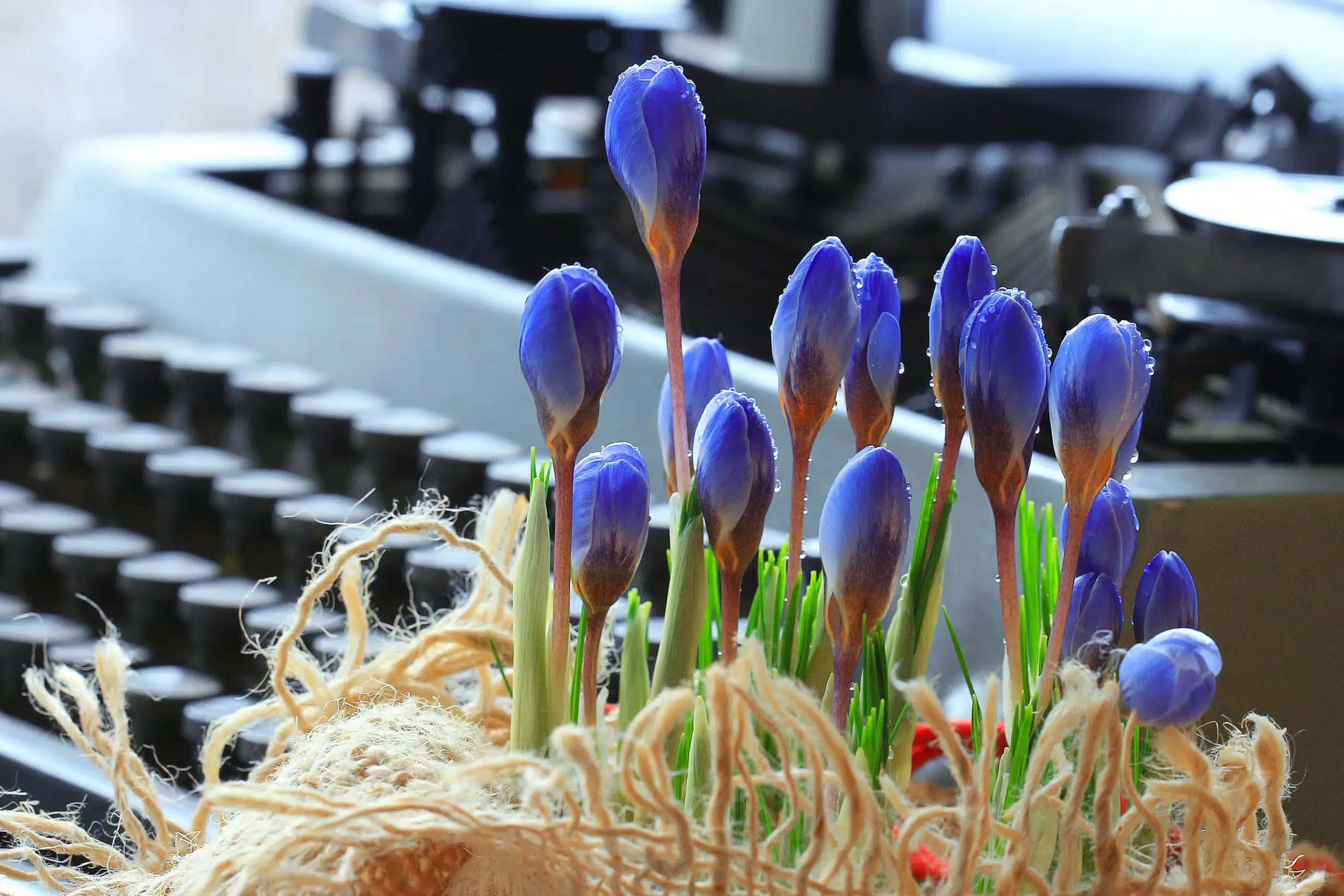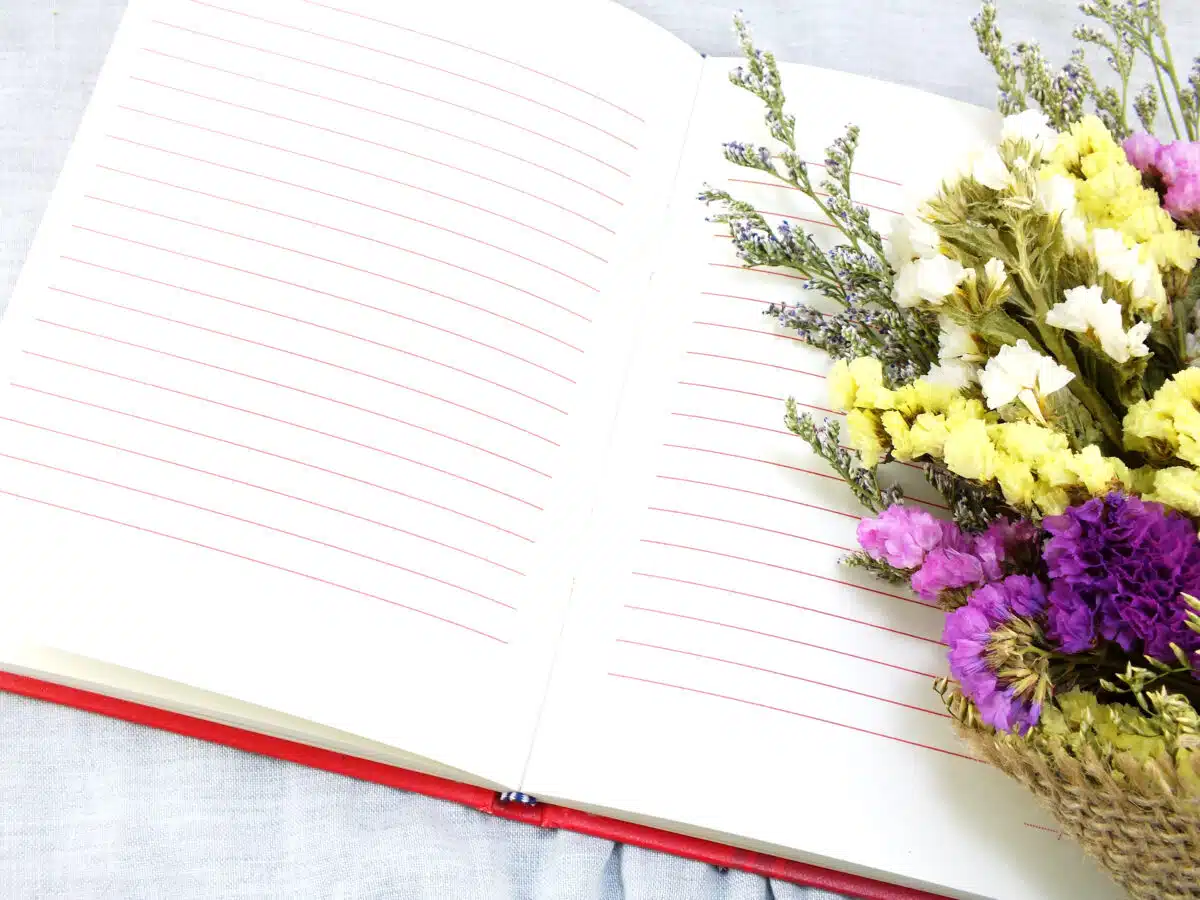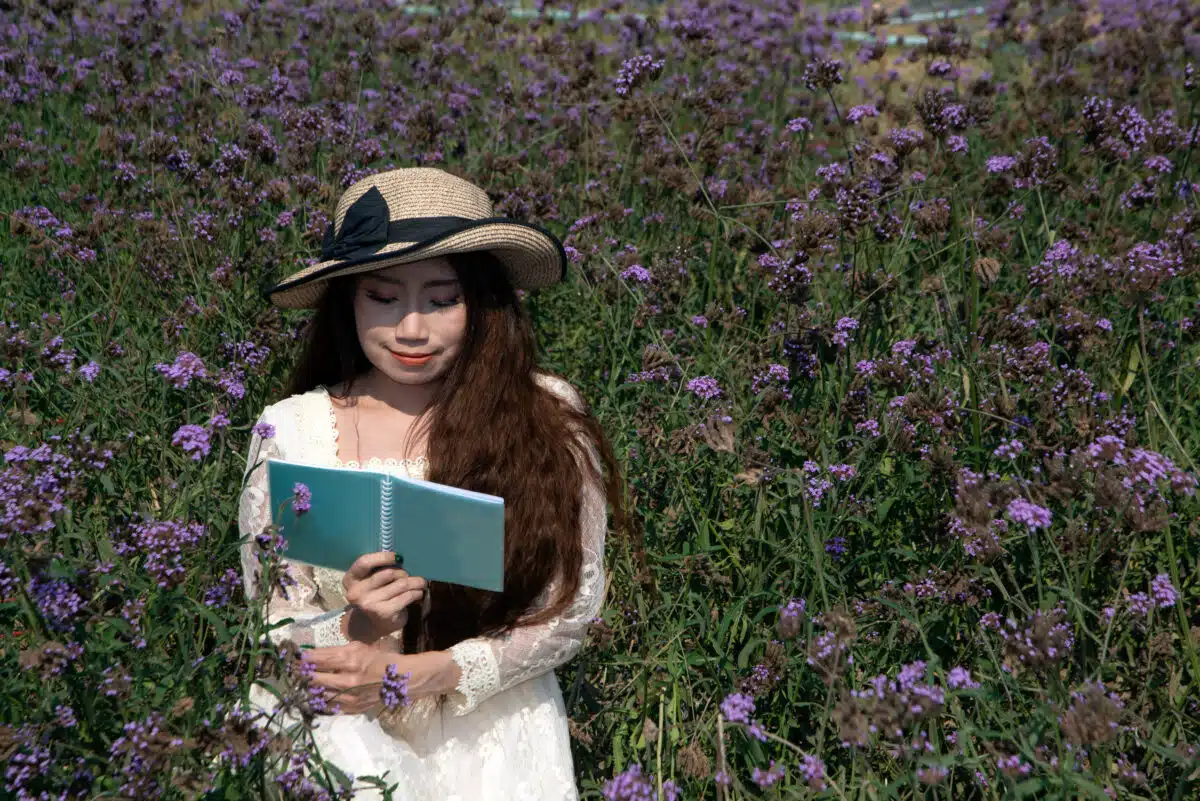Here’s what the Curtal Sonnet poetry form is:
The curtal sonnet is an eleven-line variation of the Petrarchan sonnet, designed by Gerard Manley Hopkins to act as a sonnet at three-fourths the original length.
It utilizes a unique meter called sprung rhythm, which was also invented by Hopkins.
It’s usually seen as a derivation rather than a unique form.
So if you want to learn all about the Curtal Sonnet poetry type, then you’ve come to the right place.
Keep reading!

Forms of Poetry: The Curtal Sonnet

The curtal sonnet is an eleven-line poem, essentially designed as a condensed form of the Petrarchan sonnet.
The form was invented by Gerard Manley Hopkins, a 19th-century English poet, though he only used it for three of his poems.
The name of the curtal sonnet is fairly literal.
The word “curtal” simply means a “curtailed” or shortened form.
The form itself was specifically designed to be a shortened sonnet.
Though the name is a bit ironic since the length of a traditional sonnet (14 lines), it has become synonymous with the term, to the point where many people understand “sonnet” to simply mean a 14-line poem.
Basic Properties of Curtal Sonnets

| Rhyme Structure | Strict |
| Meter | Sprung rhythm |
| Origin | 19th century England; Gerard Manley Hopkins |
| Popularity | Mostly seen as a novelty, though its inventor intended it as a new form |
| Theme | Varies |
How Is a Curtal Sonnet Structured?

A curtal sonnet is roughly similar to its predecessor and main inspiration, the Petrarchan sonnet, with a compressed length.
The Petrarchan sonnet itself is generally an octave and a sestet.
A curtal sonnet features a sestet in place of the octave and replaces the original sestet with a quatrain and a “half-line” at the end.
The reason for this odd combination is that Hopkins specifically described the curtal sonnet in mathematical terms as being three-fourths of a regular Petrarchan sonnet.
This is why the sestet, which is not divisible by four, instead becomes three “and a half” lines.
Astute readers will of course realize that there’s no such thing as a true half-line in poetry, but that was nonetheless the prescribed intent behind having a short final line after the quatrain.
Perhaps by virtue of being a blatantly derivative form, most critics tend to agree that the curtal sonnet is only an interesting interpretation of the true form (the Petrarchan sonnet) rather than its own independent form.
The curtal sonnet has a rhyme scheme appropriately similar to its inspiration. The first stanza is always ABCABC, while the second stanza is either DCBDC or DBCDC.

One might assume that the sonnet would be written in some variant of iambic, but it is instead written in “sprung rhythm” (another Hopkins-coined term).
Sprung rhythm focuses on stresses rather than syllables.
The first syllables are stressed and are then followed by unstressed syllables, but without a prescribed stopping point for the unstressed syllables.
At first glance, it can look like free verse, but Hopkins was careful to have the same number of feet in each line throughout a poem written in his self-styled meter.
While sprung rhythm may seem like an unnecessary half-step between the traditional meter and free verse, it should be mentioned that this is historically a very real explanation for its existence.
Hopkins did exist at a time when poets were starting to question the tradition of using meter in poetry, so you could (generously) describe his sprung rhythm as a sign of the times changing.
Example of a Curtal Sonnet

Pied Beauty by Gerard Manley Williams
Glory be to God for dappled things —
For skies of couple-colour as a brinded cow;
For rose-moles all in stipple upon trout that swim;
Fresh-firecoal chestnut-falls; finches’ wings;
Landscape plotted and pieced — fold, fallow, and plough;
And áll trádes, their gear and tackle and trim.
All things counter, original, spare, strange;
Whatever is fickle, freckled (who knows how?)
With swift, slow; sweet, sour; adazzle, dim;
He fathers-forth whose beauty is past change:
Praise him.
The above example was written by the creator of the form.
Take special note of how the meter, which is actually sprung rhythm, does seem like natural speech if you’re not very carefully counting out the stressed syllables.
This was an intended effect of the unique meter.
Also noteworthy here is the final line, being merely two words.
This is where we find our “half-line” that was mentioned previously.
Williams’ odd fixation on applying math to form rears its head here, since most poets would have simply rounded to four or five lines…or not invented a whole new form just to shorten sonnets.
He was an odd duck.
Tips for Writing a Curtal Sonnet

The only real hurdles for writing a curtal sonnet are learning to work with rhyme scheme and getting used to sprung verse, assuming you want to be as faithful to Hopkins’ style as possible.
Working with rhyme mostly comes from experience, but a good tip for beginning poets or even intermediate poets is to stick to words that have common endings.
You’ll gradually get used to which endings are and are not common as time goes on.
Examples of common endings include certain conjugating suffixes, like “-ing” or “-ation.”
Short words also routinely have easy rhymes. Sky, cat, and dog are examples of very short words that have various rhymes to work with.
You’ll get used to reaching for bigger and more complex rhymes naturally as your writing develops, so you don’t really need to rush it.
As for the sprung verse, this will mainly require an understanding of what stressed and unstressed syllables are.
Try saying the word “remind” out loud.

You may notice that you naturally tend to put more emphasis on “mind.”
This is because “remind” has a trochaic meter, or a meter in which the second syllable is stressed.
If you were instead to say “apple” you might notice that you tend to emphasize the first half of the word, “app.”
Apple has an iambic meter, a meter in which the first syllable is stressed.
Stressed and unstressed syllables are ultimately based on these comparisons, so it can be a little subjective.
But just remembering that “stressed” essentially means “emphasized” can help you to remember the difference.
While sprung verse doesn’t officially have a set number of unstressed syllables for each foot, Hopkins did tend to keep his feet at around 2-5 syllables.
Of course, it would be harder to go much further than this anyway without making the meter sound unnatural.
Poet’s Note

If you handed Gerard Manley Williams a wheel, he would have tried to reinvent it. That’s the real moral of the story here.
Still, his obsession with innovating did lead to some poems that are genuinely refreshing and unlike the structures of his contemporaries.
So don’t be afraid to play around and invent your own forms from time to time.
Comprehensive Collection of Poetry Forms: Craft Words Into Art

Dare to traverse the entire spectrum of poetic forms, from the commonplace to the extraordinary?
Venture from the quintessential Sonnet to the elusive Mistress Bradstreet stanza, right through to the daunting complexity of Cro Cumaisc Etir Casbairdni Ocus Lethrannaigecht.
For those with a zeal to encounter the full breadth of poetry’s forms, this invitation is yours.
Start exploring the vast universe of poetic ingenuity with our comprehensive array of poetry forms right now!
